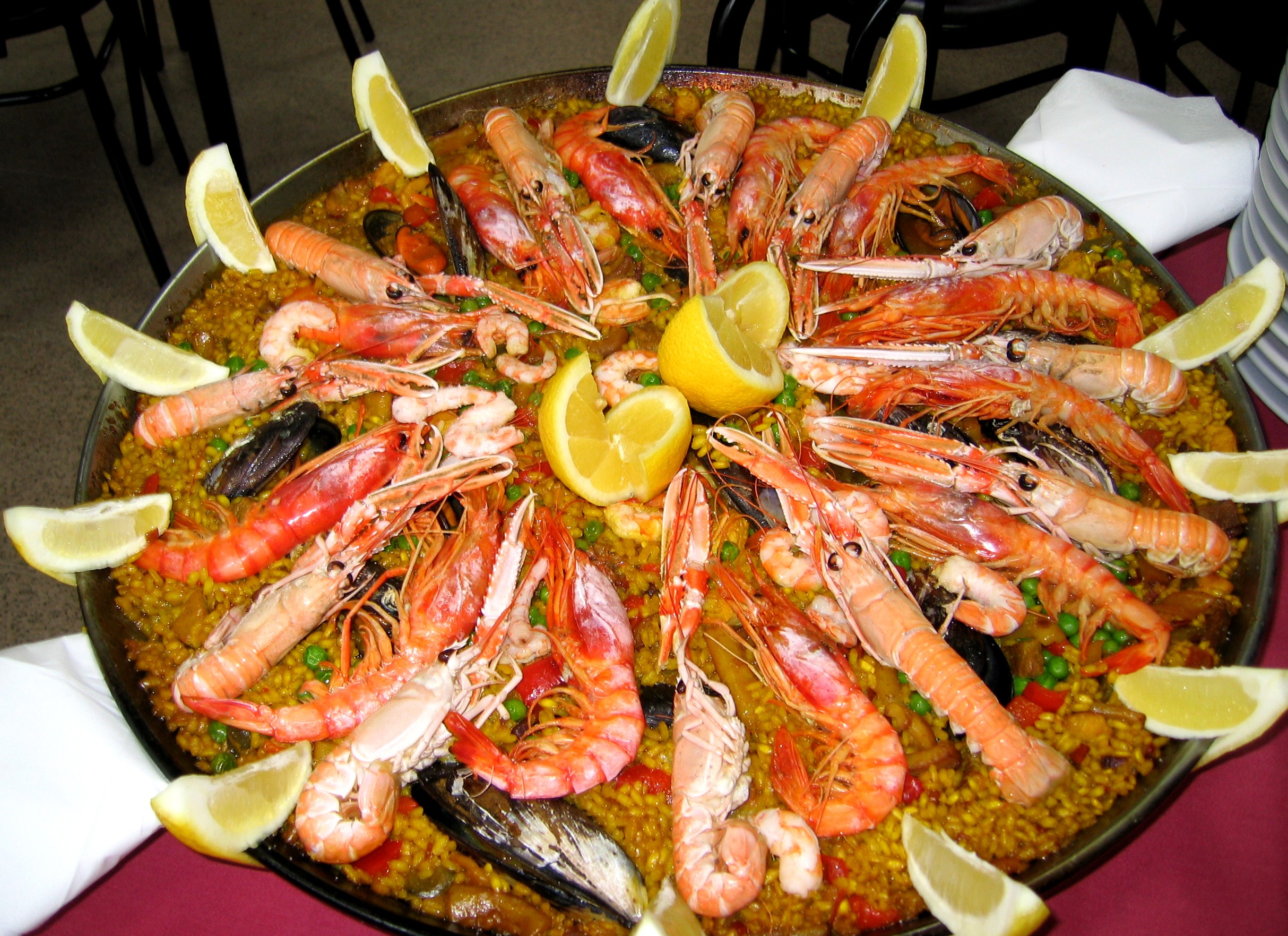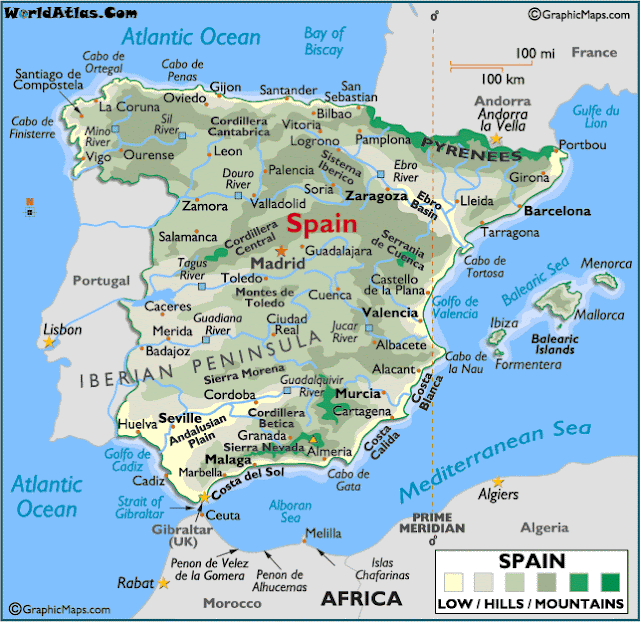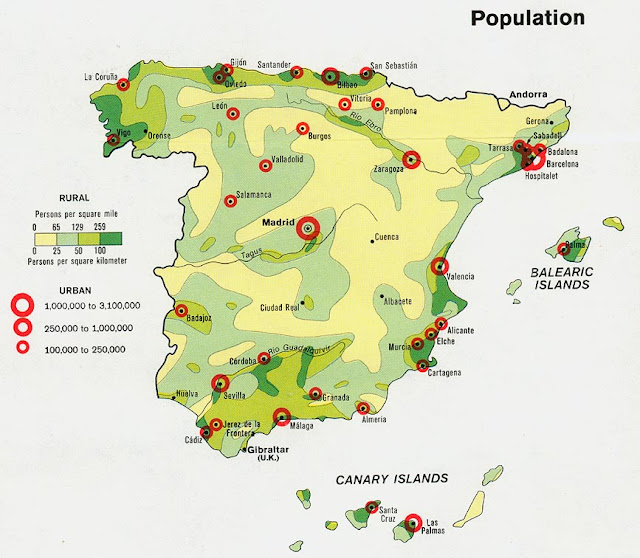What drives Spain's economy?
Long a largely agricultural country, Spain produces large crops of wheat, barley, vegetables, tomatoes, olives, sugar beets, citrus fruit, grapes, and cork. Spain is the world's largest producer of olive oil and Europe's largest producer of lemons, oranges, and strawberries.
 |
| Spain produces more olive oil than any other country on Earth |
Manufacturing and Services
Spain has a lot of businesses that the country relies on to keep the economy afloat and strong. Steel and iron is a huge part of the counties infrastructure but it has slowly been declining after becoming the 5th largest producer of steel in Europe. Spain is the 2nd largest car manufacturer in Europe and the 12th in the world. Spain is the 1st manufacturer of industrial vehicles in Europe and 9 out of 10 vehicles produced in Spain are exported to over 130 countries.
The Future Economy
The future economic performance of Spain are still domestic – both on the fiscal front and, above all, in its capacity to create jobs. the continued gap between public spending and tax receipts will oblige Spain to either meet further borrowing requirements, implement additional cuts or, more attractively, to collect more revenue. The more structure Spain has going forward, the better chances of a stable economy.









